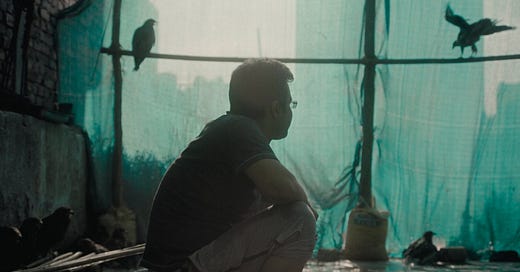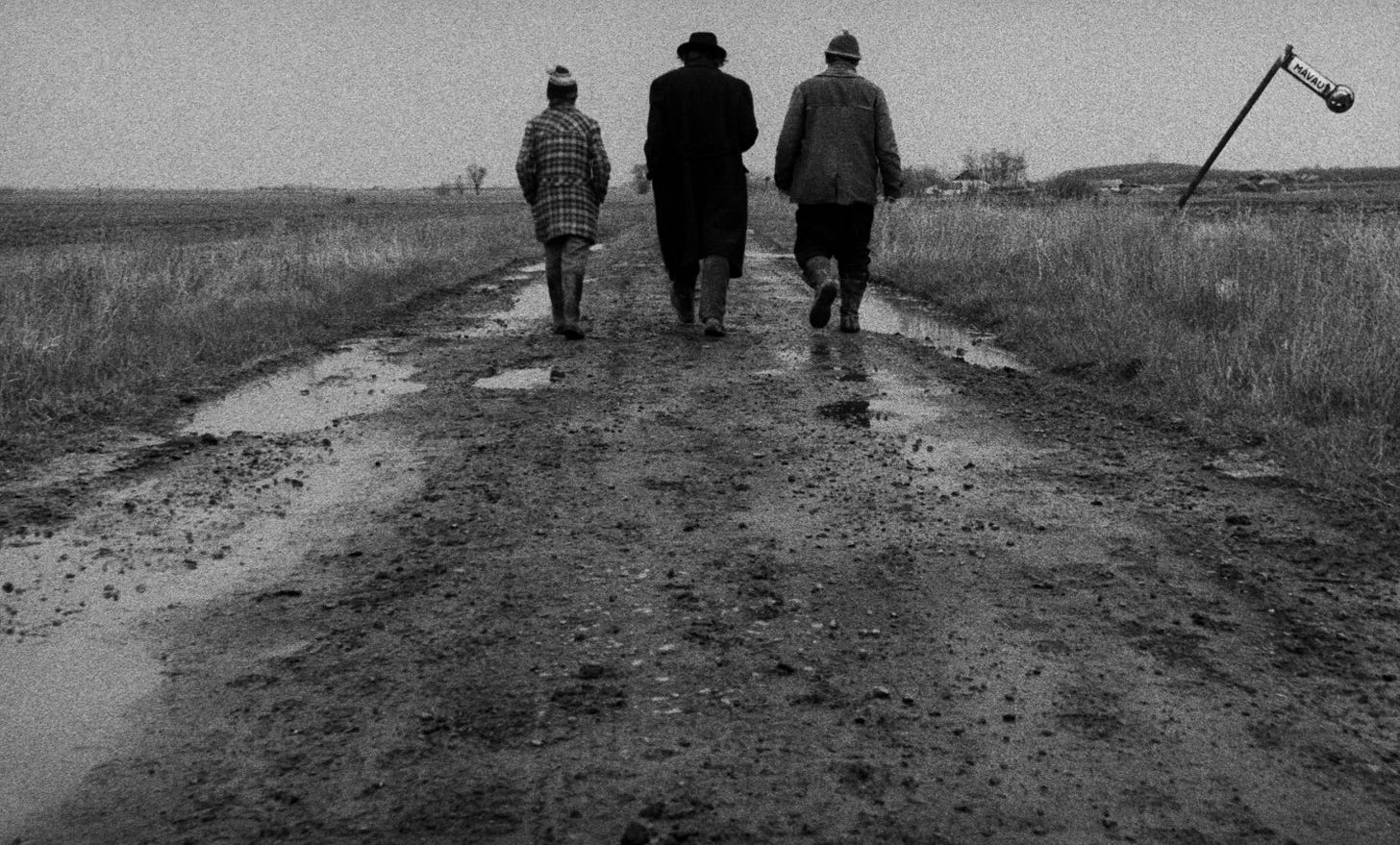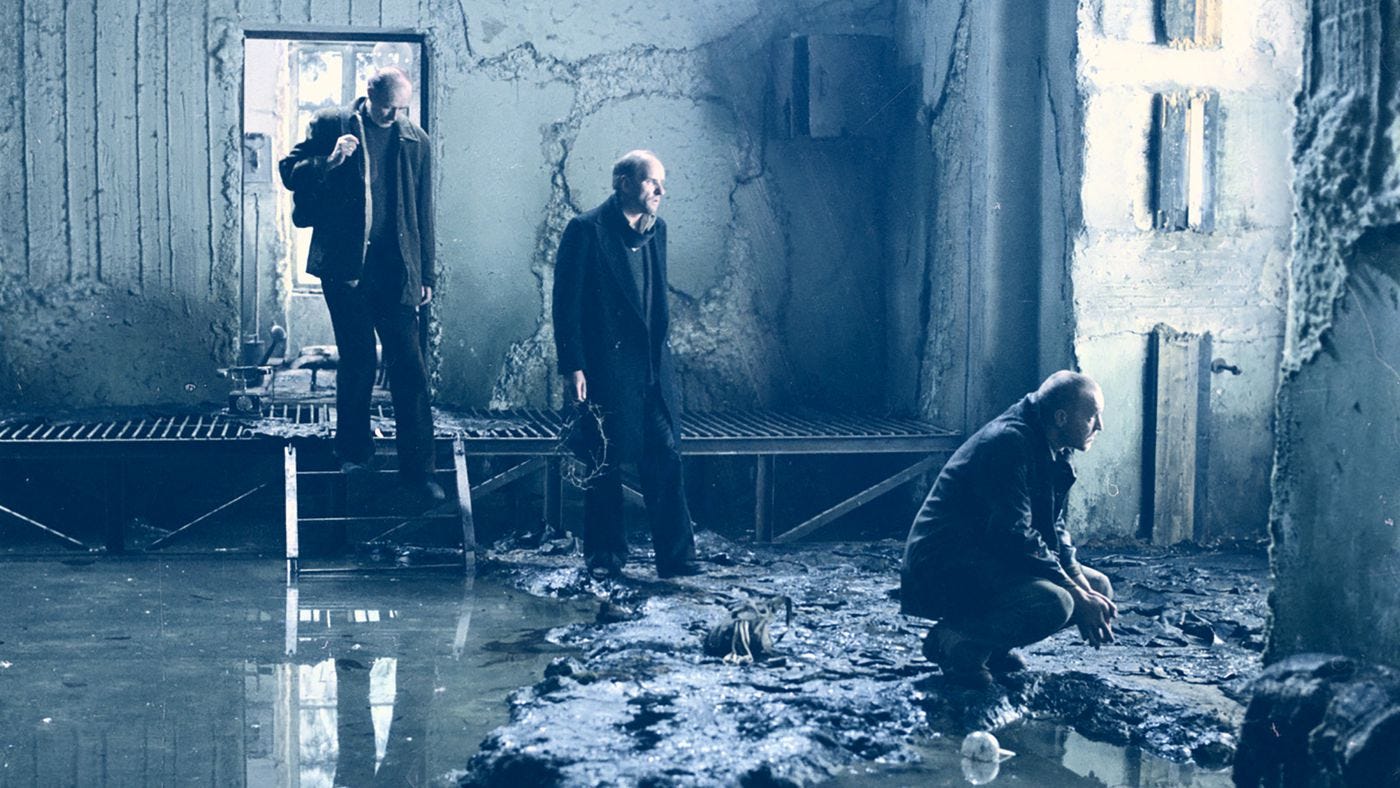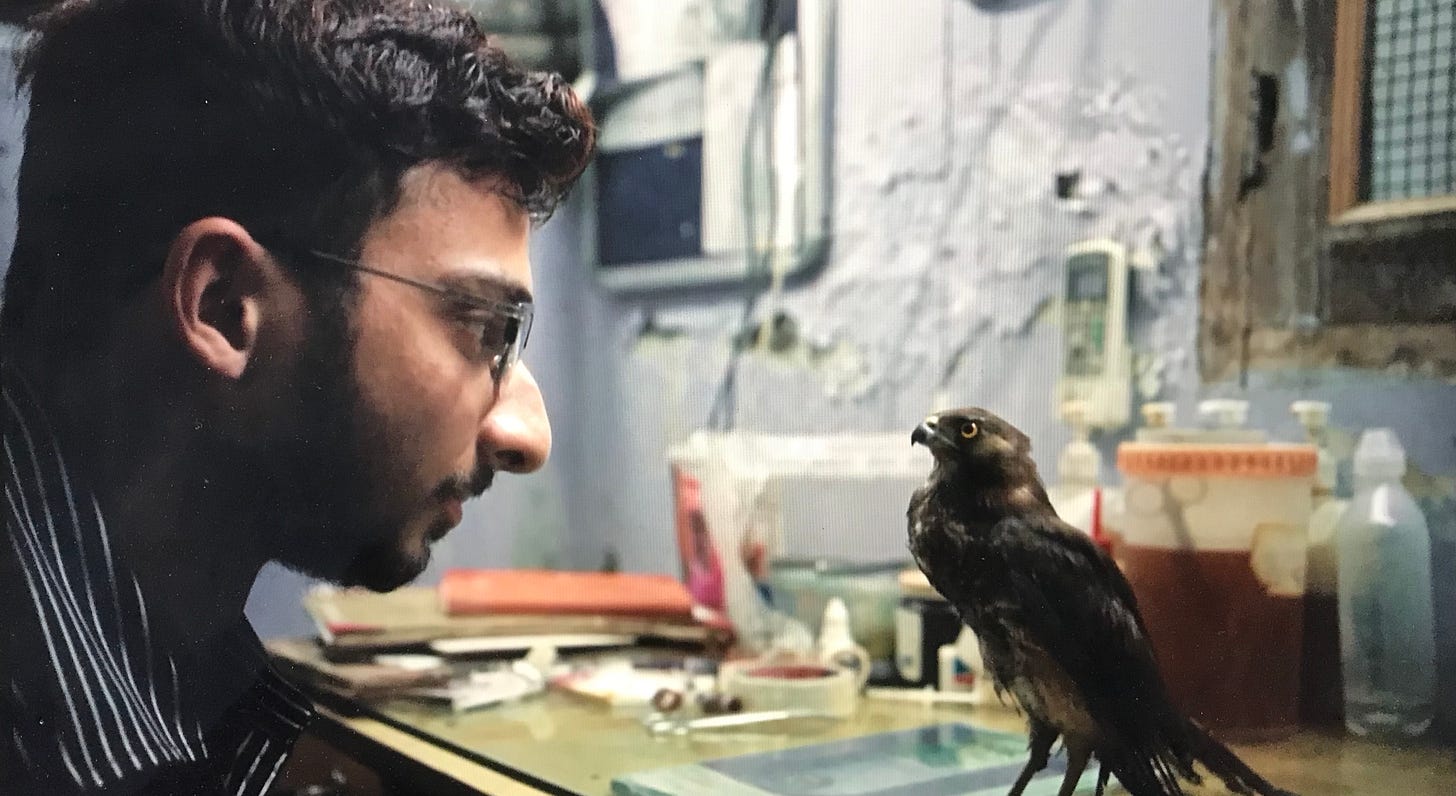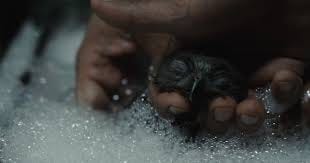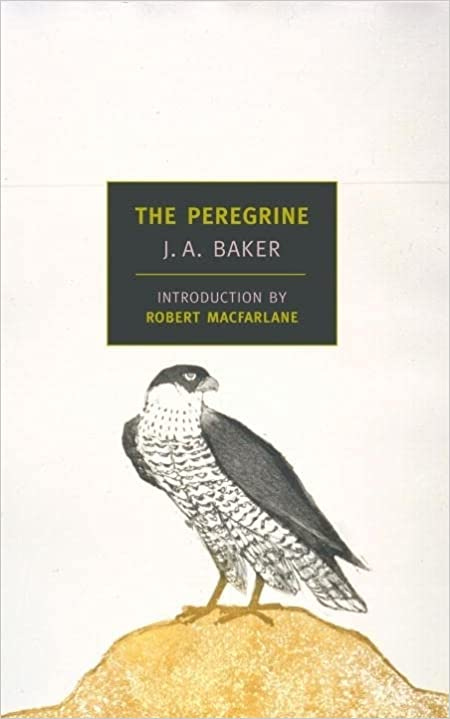A week wandered off but now here I am again. I hope to keep things rolling more regularly now. This one is really just a few recommendations.
All That Breathes
I saw the documentary All That Breathes which deserves all the awards and praise it is getting. I highly recommend it. Among the first feelings the film produced in me was relief. There is no music only a nighttime sound of insects and distant traffic; the camera moves slowly, out of focus at first, then revealing a dark, littered place with a stray dog wandering, and the rapid movements of smaller creatures; the camera sinks down to ground level and it becomes clear that these are rats, hundreds of them, skittering and stopping among pieces of trash, the sound of their quick feet over the dry ground and their high-pitched chittering is oddly pleasant. There is already so much to say. The relief comes first of all from the slowness, the feeling of relaxation into looking, of being invited to linger and observe and to work out what is going on. It is the opposite of the bombardments of the attention economy; it is a reprieve. There is moreover a release from judgment and preconception: it is normal to find rats alarming or disgusting but here they are presented neutrally, inquisitively, down at their eye level, and the scene is oddly beautiful, particular, alive - a tough, indifferent, autonomous aliveness that is very interesting to watch.
This kind of slowness is often a feature of the best, most ambitious film-making, and for good reason: it delivers more reality and more contemplative space to the viewer
The length of Béla Tarr’s famously long single shots, for example, outlasts your understanding of what you are looking at, I mean the quick recognition-thought This is a person walking along a muddy road or what have you, and in the prolonged exposure allows other things to emerge: this is what this really looks like, it is both ugly and beautiful, I feel this effort in my body, etc and imparts to the film some of the harsh independent existence of things in the real world.
This slowness, then, is the opposite of the swift, jangling combinations of the already-known delivered by most film and TV content. The art critic T.J. Clark has a line somewhere about how we have this cliché that we live in a visual culture when we really live in a culture of words translated into flat images, the culture of advertising, of messages. A true visual culture presents complex images and invites you to look, like Béla Tarr or Shaunak Sen, the director of All That Breathes.
Both Tarr and Sen are influenced by Tarkovsky’s long takes. As often in Tarkovsky films, the camera in All That Breathes moves horizontally in locations that are similarly peeling, wet, decayed, inhabited.
This is how things are in the Delhi neighbourhood and small soap dispenser workshop where the action, the project of saving injured black kites and bringing them back to health, takes place.
Here is more relief, the relief of calmly facing the facts. There is no evasion, no prettifying, no imaginative defence mechanism put up by the film. The degraded anthropocene conditions are a given. Our heroes, two brothers and their assistant, pictured above, take in raptors that have literally fallen out of the sky because of the levels of air pollution. Delhi’s palpable and lethal air is a heavy presence in the film. We see its grey, its strange hovering weight, its dim diffusion of the sun. We see the small, delightful child of one of the brothers coughing from living inside it. The film watches the overlapping survival of human and animal lives in this place, its slow horizontal movements a constant connection, a constant opening to the adjacent. (Elizabeth Bishop‘s line about an illustrated gazetteer in "‘Over 2,000 Illustrations and a Complete Concordance’ comes to mind: ‘Everything only connected by “and” and “and”.’) We see the kites, the rats, we see insects on the surface of water, wild pigs, amphibians, owls. This natural life is bristling, resilient, opportunistic, though often injured and sickened. Its eyes are sharp, its intelligence active.
Life adapts as best it can in these calamitous conditions. Several times an interesting fact is mentioned: the black kites have taken to picking up smoking cigarette butts to fumigate parasites from their feathers. The devotion of the men as they care for as many injured birds as they can is beautiful, impressive, dignified; it has a spiritual aspect they discuss. Early in the film we see two of them take a significant risk to save one kite that is struggling on an island of the Yamuna river. They strip off and swim across with a box for the bird on a specially constructed float. We see their efforts to secure cheap meat for the birds, their efforts to bury the birds that die. We see their efforts to secure funding, and satisfyingly, they prove successful, in part thanks to a profile that has been written about them in the New York Times. A framed copy of the article is put on the wall of their workshop, a moment that catches something of the complex political and personal conjuncture of the film, the totality of the small and personal and the global. They do this against the background of violence against Muslims in Delhi provoked by the Citizenship Amendment Act. They are Muslim and are seriously in danger, to the extent that the married brother sends his wife and child out of the city for some time. There are other more innocent changes that threaten the project; one of the brothers wants to study in America: his heroes were Newton and Darwin, he complains, and now all he does is bookkeeping. I won’t tell you what happens at the end of the film only that it breaks off in a way that remains open to change, is inconclusive in the way that life is.
One thing I haven’t managed to convey is the humour of the film. It’s often very funny in a gentle observational way. The chit-chat of the characters toggles between the amusing and the profound. The camera often captures the small absurdities of life in a manner reminiscent of Martin Parr or John Wilson. It is, to use a critical cliché, beautifully observed, and very warm, very human. I watched a couple of interviews with Shaunak Sen after I saw the film and I’d recommend doing the same, he’s extremely smart and lucid. Among influences he cited J.A. Baker’s The Peregrine for its capture of non-human life. This is a book I love, and have written about before, a deep excursion into the way of being of another creature.
But there is something misanthropic in Baker’s book, something I fear that appeals to me too much, in his desire to get away, to separate from polluting humanity and escape into the animal: ‘I have always longed to be part of the outward life, to be out there at the edge of things, to let the human taint wash away in emptiness and silence as the fox sloughs his smell into the cold unworldliness of water.’ Sen’s vision is very different. The taint of the human is everywhere, we and the animals must live inside it as best as we can.
Epic Indifference
A quick recommendation. Alice Oswald’s lectures as Oxford Professor of Poetry have been excellent, though the sound quality of the podcasts hasn’t always matched them.
I loved this one about the Book of Job and David Jones’s First World War masterpiece In Parenthesis. Oswald divides Jones’s written works sharply between In Parenthesis and the rest which she finds somewhat bounded by its artistic-religious dogma and consequently stuff, hieratic. In Parenthesis, by contrast, is full of concrete personal experience and witness. In it, she argues, he writes beyond himself in the true epic mode which is to say impersonally, on the side of material happenstance and indifferent event, beyond human perspectives and sympathy, beyond the personal vortex of the lyric; it is the mode of Homer or the God of the Book of Job. It’s a very good rendition of the immense virtues of the poem. You can hear a sample of In Parenthesis in the poet’s own voice here:
David Jones reading In Parenthesis part 7
The lecture ranges much beyond what little I’ve indicated. I find Alice Oswald’s voice commanding. Her sentences are very composed and cumulative. Her arguments make lovely organic ramifying structures. It will be a great pleasure to read the lectures when they’re published.
Youtube Treasure #7
Monet with a fag on painting that pond then walking back, followed by his little dog.
Weather Diary
February 18th
2 degrees. Quiet. A blue day of subtle thaw. Puddles are bright fallen pieces of the sky.
February 19th
9 degrees. A day of several days, beginning cold then yielding to the sun. Small, pale clouds lose their lightness, their wistfulness. They thicken and join. the wind strengthens.
February 20th
5 degrees. Sun. Dogs barking. Birds vocal.
February 21st
5 degrees. There’s a brief peppering of snow. A flick of the lion’s tail. Then sun again. Large white clouds in the blue. They tarnish. There’s wind, a hurrying in the sky. The temperature drops.
February 22nd
-2 degrees. Snow. The tiniest wet flakes speeding on the wind. They find their way into the gaps in the top of your coat, a needling burn in your neck, even a hissing in the hole of your ear.
February 23rd
-5 degrees. The snow lasted all night. In the morning it is thick and heaped and soft as sand so that sometimes on an uncleared area of pavement you are running on the spot, a flurry of steps to keep moving forwards.
February 24th
-8 degrees. Sun and emptiness. Too much light for the eyes. Cold as space. But then at the end of these fierce winter days, sometimes the most delicate Tiepolo evening of shell pinks and periwinkle blues.
February 25th
-4 degrees. Sarcophagus lid of cloud. Dead again.
February 26th
-2 degrees. Sun and cloud. It’s a matter of subtle ratios, I suppose. The light, the air, a silver flash at the corners of things: it is all at the point of being alive and moving. It all pleases.
February 27th
-1 degree. Snow returns, again fine and wet and driven diagonally down. Slowly it erases the recently revealed details.
February 28th
2 degrees. Wet snow soft over old crusts of ice and snow. Churn of clouds overhead. The weather’s working factory, the day shift.
March 1st
2 degrees. The status quo preserved by mild refrigeration.
March 2nd
4 degrees. Birdsong in the fir trees. A cardinal’s red glaring out of the green darkness. And busyness around the bird feeder. A pair of house finches, brown and sparrowish but the male distinguished by his purple-splashed front. He sings. He flicks upright. They make a quick decision and speed away together.
March 3rd
0 degrees. Intent in the wind. A shifting assembly in the whiteness of the clouds overhead that is almost imperceptible. Snow is coming. There have been warnings. In the evening it arrives, fine as smoke and quickly accumulating. It is a real snowstorm: lightning when everything is white like the flash of magnesium powder. Thunder banging along the upper surface of the clouds.
